March 13, 2020
The Fifth Element
The surge of freight logistics around nearly every major container port in the U.S. has seen vacancy rates of nearby industrial real estate structures decline dramatically while lease rates in the last few years have risen by double digit growth rates. Companies that signed leases 10 years ago during the economic crisis are facing substantially higher rates as they seek to renew. Virtually all major container ports are seeing vacancy rates below 5% and in a few places below 2%. Insufficient industrial real estate in port areas is likely to become a new barrier to international containerized freight volume growth.
How did we get to this point? It helps to review how industrial real estate outside of port authority premises emerged as the fifth element of modern port gateway complexes. In the days before trains, a port gateway had three elements: (1) the port, (2) waterways on which ships would arrive randomly at berths and the inbound and outbound cargo traveled on (3) roadways. Ports had warehouses where imports and exports were stored.
The development of trains added a fourth element to port gateways. Railroads even engaged in developing ports, often as a loss leader, in order to grow freight volumes. Many ports thus have rail on their property. Some of the rail track was used to store boxcars, sometimes full of cargo and therefore serving as rolling warehouses, this extending the cargo capacity of port gateways.
Containerization of international freight altered port gateways in many ways. The advantage of containerizing freight is that instead of an army of stevedores carrying manufactured goods from on-dock warehouses to stow them in every nook and cranny of the ships, or unload inbound goods that way, a process that could take weeks, the containers were stuffed or stripped in a location away from the vessel which allowed it to spend less time in berth and more time on the water.
This added a fifth element to the gateway – industrial real estate. Loading and unloading standard size containers using ship-to-shore cranes is much faster than manually stuffing or stripping a ship. It created greater efficiencies for the ocean carriers and increased their profitability. Since a ship only makes money when it is sailing, ship owners could charge lower rates and still earn more revenue because of the increase in sailing days. This lowered the cost of trade and increased the quantity of international trade demanded.
In the early days of ocean born freight containerization, the landside containers were stored on chassis, what is commonly referred to as a wheeled operation. As volumes grew it became more practical to stack the containers to maximize terminal space, especially where the size of the container yard was constrained. In many ports today, non-container handling activities are being moved out of the terminal so as to improve a terminal’s throughput capacity.
The construction and absorption of industrial real estate such as transload centers, distribution centers and other types of freight handling and storage structures has increased in tandem with the volume of containers imported and exported at ports. The exact mix of types and sizes of structures depends on the local and hinterland economies that the ports’ volumes terminate or originate, as well as other factors such as the desire of cargo owners to send imported international containers intact versus transloading them into domestic size containers.
If the cost of stuffing three 40-foot international containers into two 53-foot domestic containers is less than the savings from shipping two versus three containers, then it makes sense to transload imported containers near the port in most cases. Ocean carriers naturally prefer importers to transload near ports as well so as to minimize the amount of time the containers are empty and the cost of relocating them. For both these reasons, transloading has increased in many ports, especially those that serve distant inland locations. By the same token, exporters must now send their product to port areas or to inland locations where there is a large pool of accessible international containers.
Import transloading, of which e-commerce is a growing share, and the increasing containerization of exports at ports are driving the strong growth in demand for industrial real estate structures of all types and sizes. Real estate investors/developers have mostly focused on major port gateway complexes until the last few years. As they become more aware and confident of the demand driver trends, their appetite for smaller port gateway real estate investment opportunities will likely continue to increase. For now, those interested in these trends can read some relatively recent JLL research reports found here.
Add new comment
2025 PARTNERS
A special thank you to our premium level partners for your continued support.





.png)
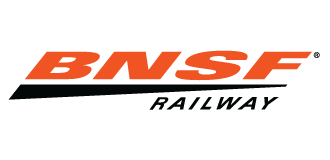


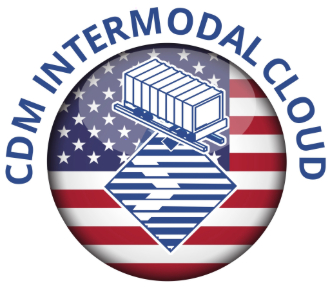








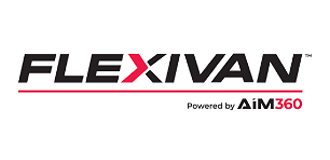





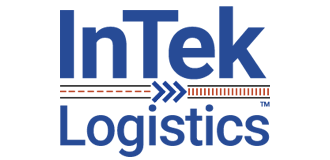



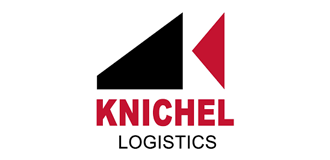



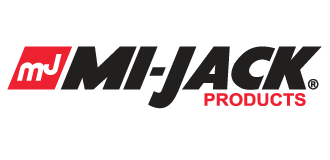
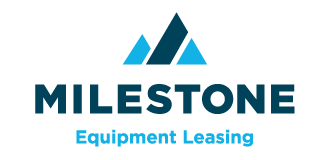


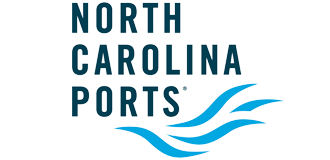




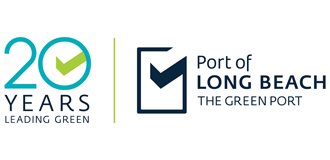







Comments